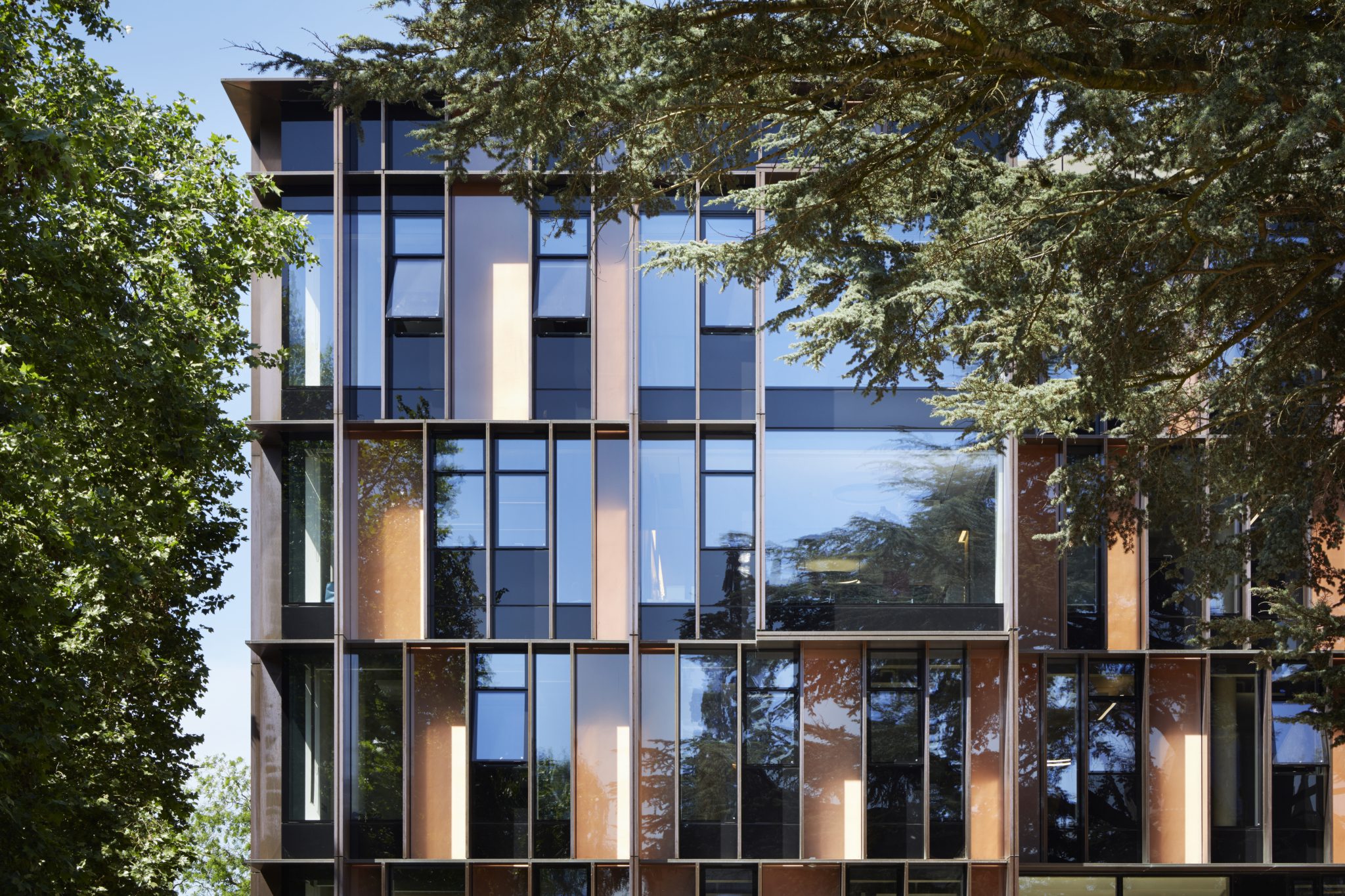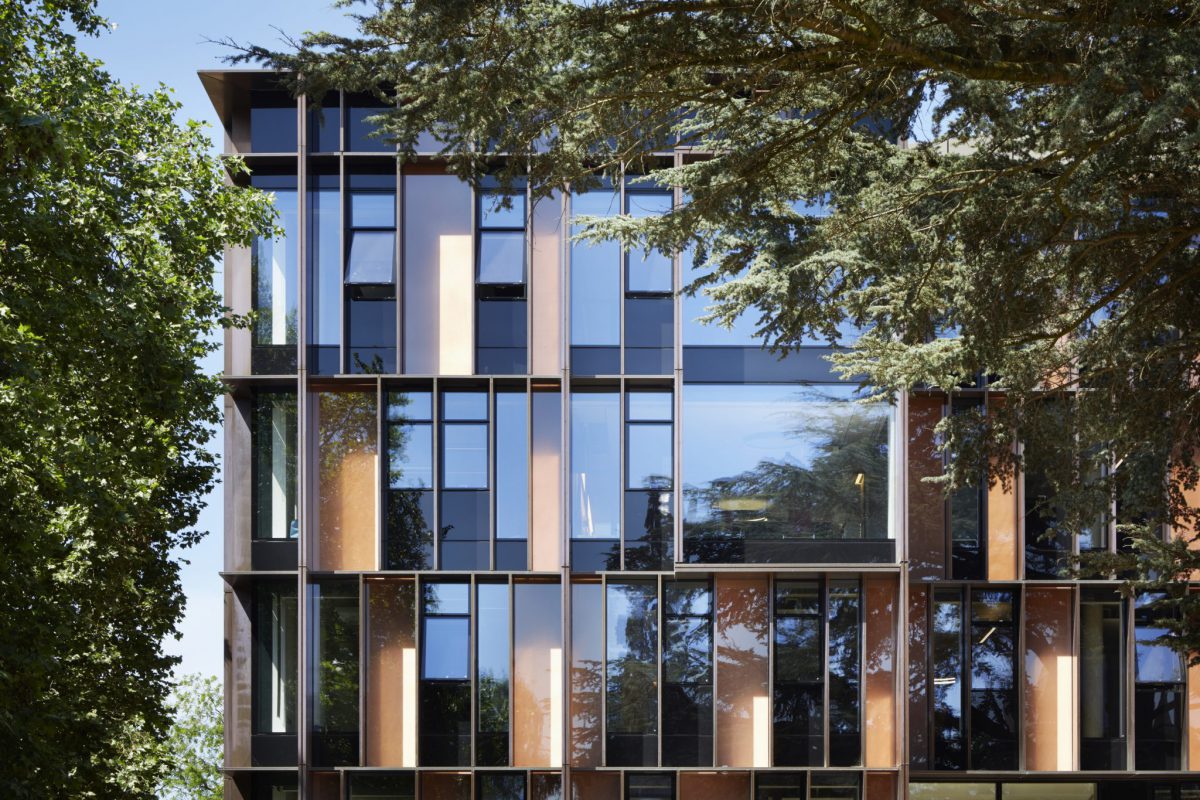The Beecroft Building at the University of Oxford, provides new cutting-edge laboratories, alongside collaborative office spaces to explore theoretical physics. The laboratories demanded close working practices amongst the project, contractor and client teams, establishing bespoke methods of simulating, then testing and verifying the design. Within the Beecroft Building, the Department of Physics will be developing the next generation of computers: trapped ion quantum computers. Experiments to develop this technology involve directing optical lasers at ions suspended in ion traps. These ions are approximately one nanometre in size, which is equal to one billionth of a meter. Due to the atomic scale and complex nature of this process, these experiments take considerable time and effort to set-up. The optical laser beam and the position of the ion within the trap must be aligned perfectly in order that the information can be transferred to the ion. Once the experiment is underway, a change in temperature or humidity within the space can cause the ion to move within the trap and can also affect the trajectory of the laser beam, meaning that the two are no longer aligned. For this reason, the client requested extremely tight temperature control at +/- 0.1⁰C was to be provided within the laser table enclosures.

Beecroft Building, University of Oxford

